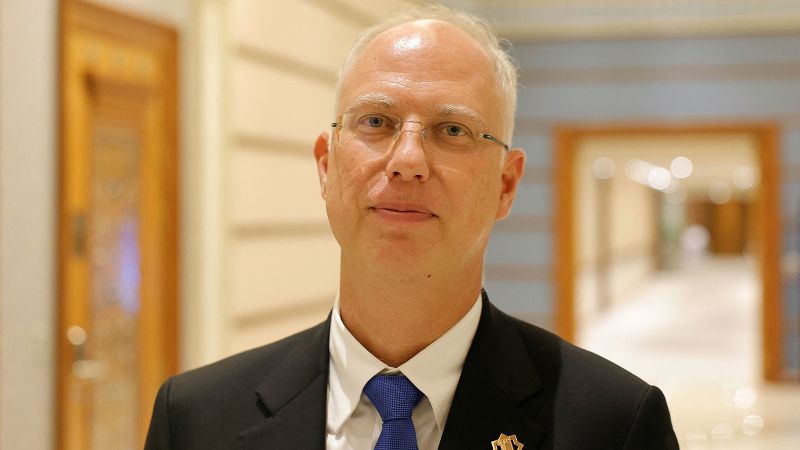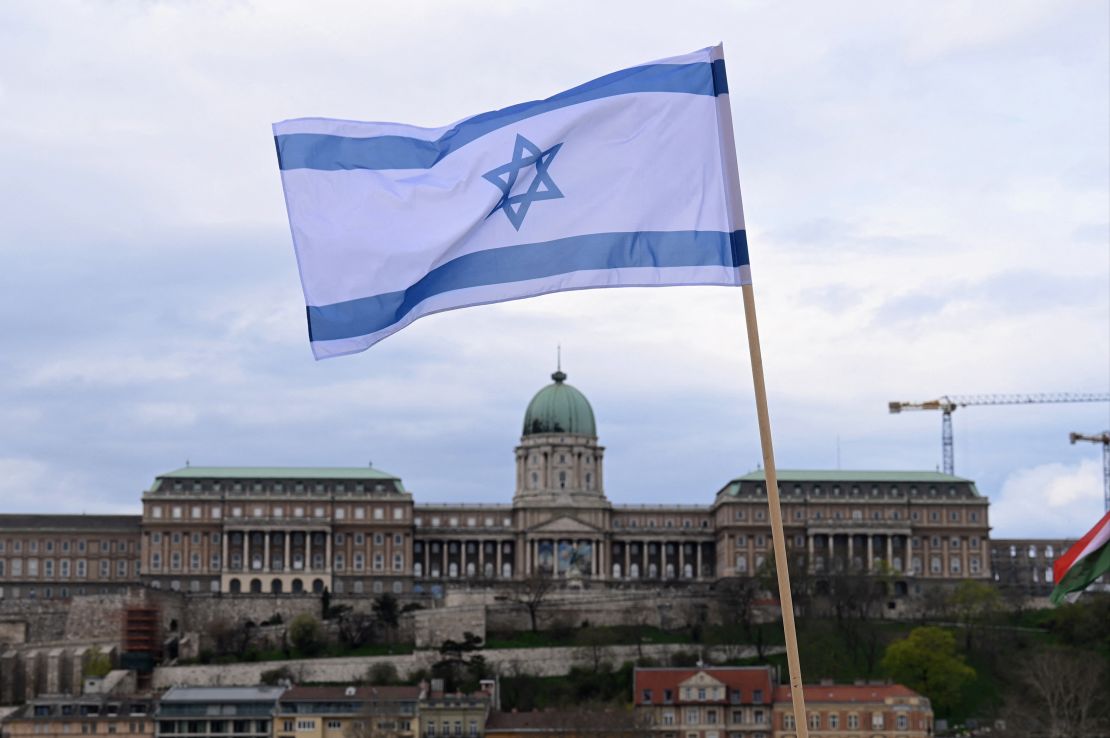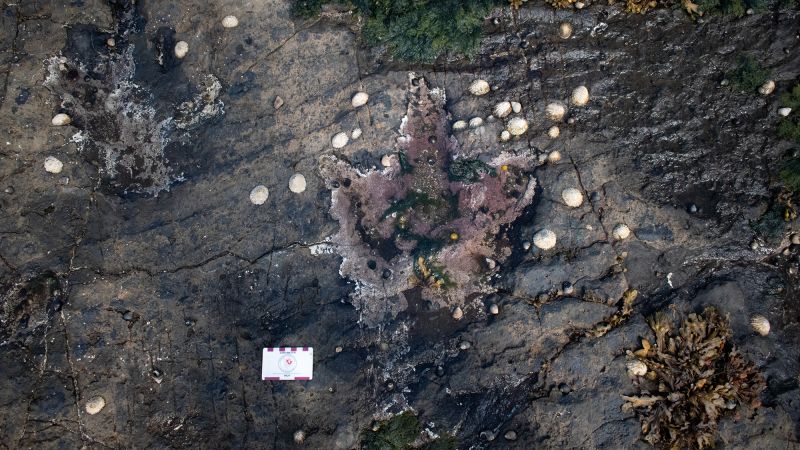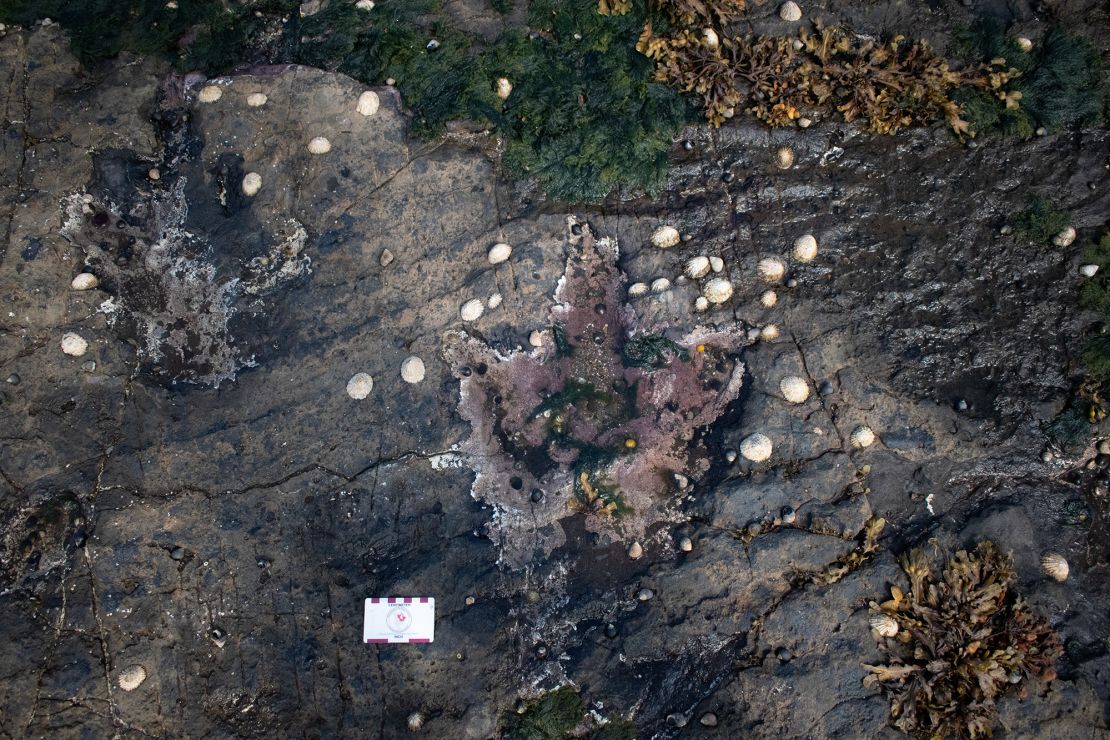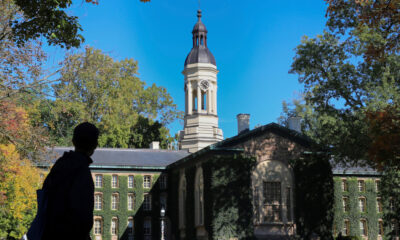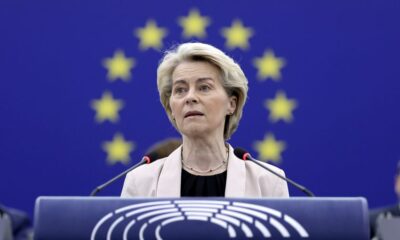CNN
—
Senior Russian negotiator Kirill Dmitriev is expected to visit Washington this week to meet with top Trump official Steve Witkoff for talks on strengthening relations between the two countries as they seek to end the war in Ukraine, according to a US official and two sources familiar with the plans.
His visit will mark the first time a senior Russian official has visited Washington, DC, for talks since Russia invaded Ukraine in 2022 and marks a further step in the marked warming in relations between the two countries since President Donald Trump returned to office in January.
Dmitriev is a close adviser to Putin and traveled with top Russian officials to Riyadh in Saudi Arabia in February to start discussing a settlement for the end of the war in Ukraine. He also worked with Witkoff to free American teacher Marc Fogel from Russia, which the Trump administration hailed as a goodwill gesture.
The US government temporarily lifted sanctions against Dmitriev to allow the State Department to grant him a visa to come to the US, one of the sources familiar said. Another source said that there had been a request made to the Treasury Department for a temporary suspension of the sanctions.
A State Department spokesperson told CNN that “visa records are confidential under US law,” so they “cannot comment on individual visa cases.”
CNN has reached out to the White House. A Treasury Department spokesperson declined CNN’s request for comment.
A representative for Dmitriev declined to comment.
The Harvard-educated Dmitriev is the CEO of Russia’s RDIF sovereign wealth fund and was sanctioned by the Biden administration – as was Putin – over Russia’s invasion of Ukraine. The Treasury Department wrote in 2022 that “Putin and his inner circle of cronies have long relied on RDIF and Dmitriev to raise funds abroad, including in the United States.”
The visit would come just days after Trump, in an interview with NBC, suggested he might issue further sanctions on Russia and said he was “pissed off” with Russian President Vladimir Putin for criticizing Ukrainian President Volodymyr Zelensky.
Despite Trump’s recent criticism, the president has upended his predecessor Joe Biden’s stance on the war in Ukraine. The previous administration introduced stinging sanctions on Moscow over its 2022 invasion and provided billions of dollars’ worth of military support to Kyiv.
Trump is not providing any new military aid and has called for an end to the fighting, at times echoing Kremlin talking points and has hinted at a settlement that would see Russia keeping control of Ukrainian territory already seized.
Witkoff has now met with Putin twice in Moscow. But Trump appears to be getting increasingly frustrated with the Russian president over the lack of progress to halt the fighting.
In private, Trump is openly questioning whether Putin can be trusted and he’s running out of patience with Russia, said three people familiar with the president’s recent thoughts on the Russian president.
Trump acknowledged in an interview with Newsmax last week that Russia may be “dragging their feet.”
Putin not only rejected Trump’s recent call for an immediate ceasefire in Ukraine but also added conditions – including the lifting of US sanctions – for a ceasefire on fighting in the Black Sea after last week’s latest negotiations wrapped up and the moratorium had been announced by the White House.
But Trump seems similarly frustrated with Zelensky. On Sunday he accused the Ukrainian president of “trying to back out” of the minerals deal the two countries have been attempting to negotiate, adding Zelensky would face “big problems” if he didn’t sign an agreement.

